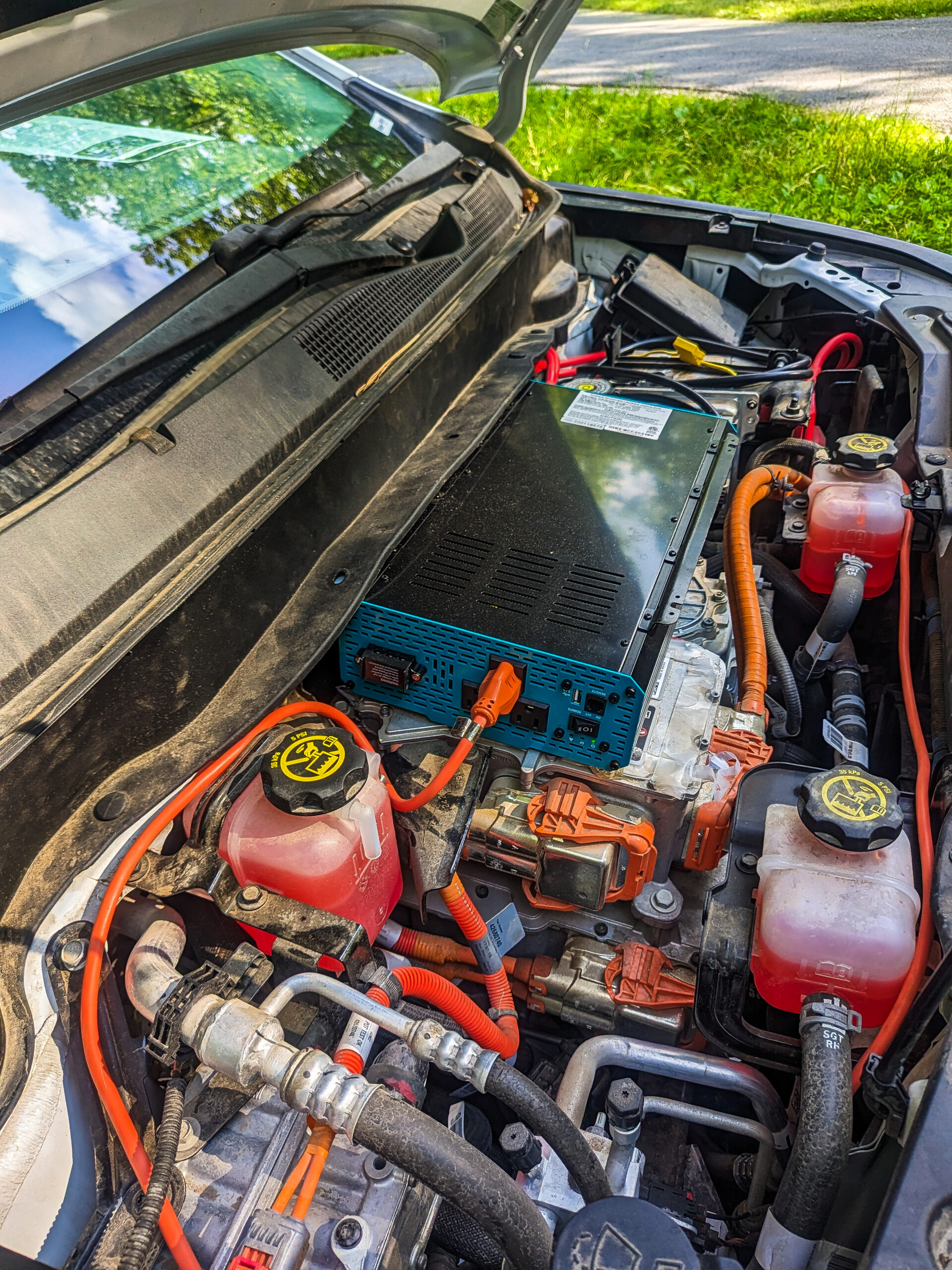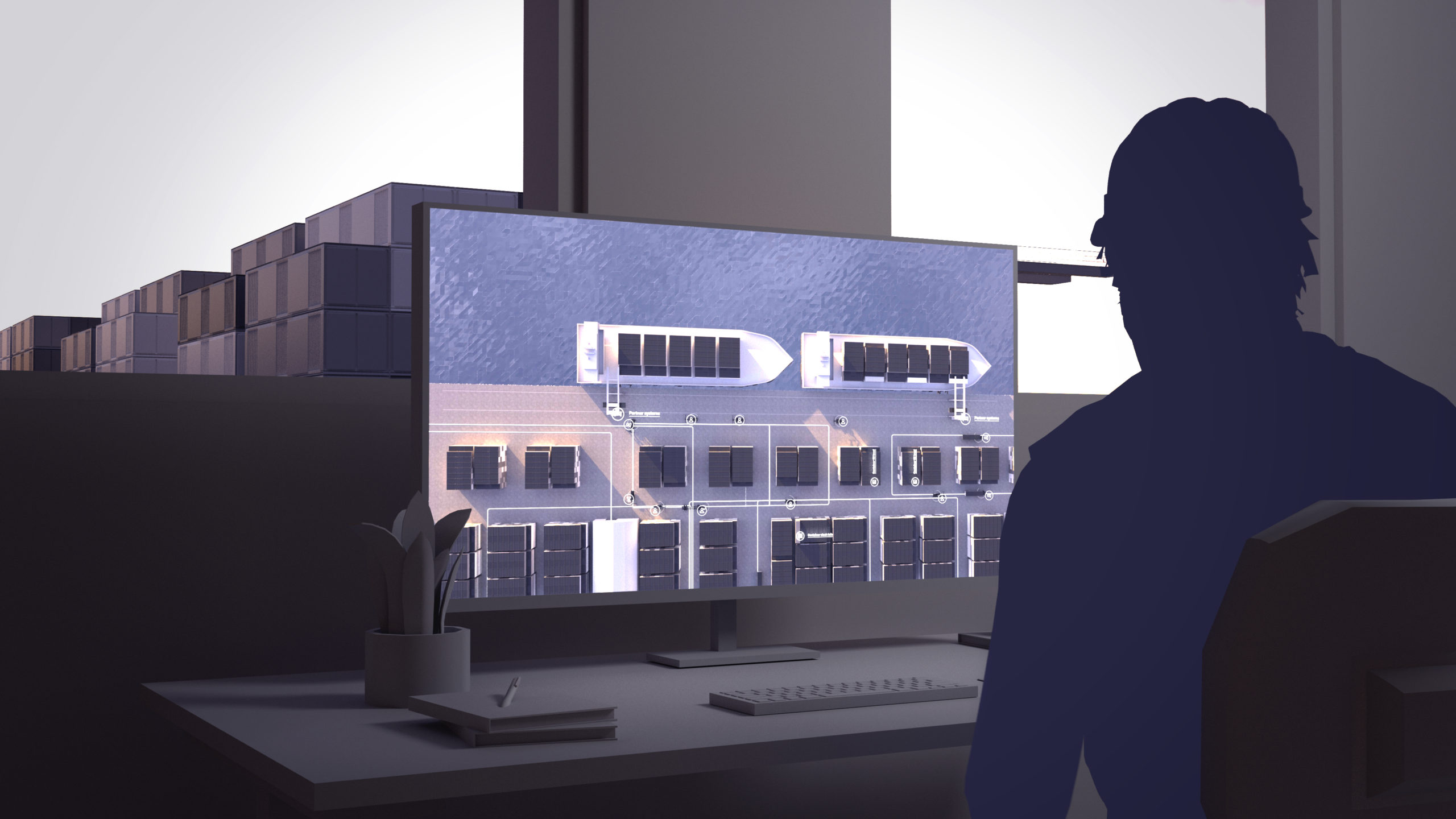
In a recent press release, seven automakers announced that they’re teaming up to build a new charging network. Details are still sparse, but in this article, I’ll share some key points from the announcement, speculate on why they’re doing this, and then discuss some of the challenges this new network is going to face.
Key Points Of The Announcement
The first big question is who’s involved. The seven automakers are BMW Group, General Motors, Honda, Hyundai, Kia, Mercedes-Benz Group, and Stellantis NV. It’s also worth noting who’s absent from this arrangement: Ford, Volkswagen Group, Tesla, and Nissan. More on the importance of that in the next section.
What these players are doing is installing 30,000 fast charging stations in the United States in the next few years. To do this, they’re starting a new jointly-owned company, and this company does not yet have a name. These stations will both be in urban areas and along interstate highways, much like the Electrify America and Tesla Supercharger networks.
The aim of this network is to serve all EVs, regardless of manufacturer, so they’re going to be dual-port stations with both CCS1 and NACS (the connector formerly known as the Tesla connector). It’s worth noting that they don’t intend to include any CHAdeMO connectors on their network, so that’s another blow to a dying standard.
Another key thing in the announcement is that they want to do better than today’s CCS charging providers seem to be doing. As we all know, they’re having reliability problems. Getting stranded is rare, as there’s usually at least one charger that will work, but problems like having to plug and replug, needing to call customer support, slow charging speeds, and having some of the stations down (which results in a long line to charge) are all pretty common, especially for Electrify America stations.
GM aims to deliver an “elevated customer experience” that’s more reliable, has decent integration with apps and vehicles, and has better customer service. They also want to locate the stations at places with better amenities, shades over the stations, and renewable energy supply.
Sadly, we won’t see any of these stations (assuming they deliver on all of these promises) until mid-2024.
One other notable thing: the companies worked together to make a video. Is it an informative video? Not really. It’s got lots of smiling people, visual effects of something that looks like electricity moving along the streets, and vague narration about providing a better charging experience. Feel free to poke fun at this overwrought and overly-abstract video in the comments, but keep scrolling for some analysis of this announcement.
We’re creating an unprecedented new charging network joint venture with six other major global automakers to expand access to high-powered charging in North America and accelerate #EV adoption. pic.twitter.com/ArONm23ihs
— General Motors (@GM) July 26, 2023
Why Are They Doing This?
Some of these automakers already announced that they’ll be switching to NACS and partnering with Tesla to allow their vehicles on the Supercharger network, so some readers are probably wondering why the automakers would turn around and do this. Tesla already delivers a good charging experience, right?
This is where the “who” of the announcement comes back into play. Some of these automakers have made an announcement, others have said they’re “looking into it,” and others haven’t said anything. So, the first big reason to participate in a new network that aims to perform better is that some of them aren’t going to go for NACS and/or Superchargers.
But, even if they all end up making NACS announcements, there are other reasons to make this switch.
The biggest one is that we’re going to need all of the charging stations we can get. Even with Tesla, VW, and this coalition putting their efforts into it, it’s going to be a hard slog to provide all of the fast charging that’s needed. Even considering the upcoming efforts of governments (especially NEVI), charging-only companies (EVgo, ChargePoint, Blink, etc.), and everyone else, it’s still going to be challenging to get what’s needed for upcoming EV adoption.
The other issue is one of control. Letting one automaker have control of charging leaves the other automakers in a precarious position. Having a neutral organization the automakers can cooperate through lets them feel more secure, so it’s an attractive option.
Finally, it’s a good way to scoop up subsidies. With the Infrastructure Bill money (aka NEVI) going to EV charging sites, being able to get out there and build stations without putting their own money or debt toward it makes a lot of sense. Everyone, including Tesla, has their eye on government charging funds, so this should be no surprise.
Challenges They’ll Face
The biggest challenge is going to be getting it right. As we’ve seen from companies like Electrify America, it’s hard to build stations, but even harder to keep them all running almost perfectly. The companies involved seem to be aware of this, but we don’t know if they’re aware that the company will live or die on this. EV charging isn’t a game where you can fudge the numbers and hope to look good, because no matter how you measure things like reliability and ease of use, people will know when it’s suboptimal and they’ll tell other people on social media.
Another related challenge is going to be dealing with skepticism that borders on derangement. Even if they get it right, the systematic exaggeration of Electrify America’s problems is instructive. Honest journalists and influencers are telling people exactly what the real problems are, while superfans, bots, foreign trolls, and other ne’er-do-wells climb atop these truths and extend the perceived problems with Electrify America into space.
“I had a hard time getting a charger started.” turns into, “You can’t take a road trip at all in anything but a Tesla!”, and “Several stations are down and the wait time here sucks.” turns into, “People get stranded by broken stations all the time!”
There’s no way this new venture will do everything perfectly, but I suspect that even if they achieve Tesla-level reliability that every little thing that goes wrong will be exaggerated and used against them by people with various axes to grind.
So, the new joint venture had better get things as close to perfect as humanly possible, and then have a very good PR effort ready for the few problems that get through. Anything short of that and the company is going to be an embarrassment to the automakers funding it.
Featured image from GM’s announcement video.
I don’t like paywalls. You don’t like paywalls. Who likes paywalls? Here at CleanTechnica, we implemented a limited paywall for a while, but it always felt wrong — and it was always tough to decide what we should put behind there. In theory, your most exclusive and best content goes behind a paywall. But then fewer people read it! We just don’t like paywalls, and so we’ve decided to ditch ours. Unfortunately, the media business is still a tough, cut-throat business with tiny margins. It’s a never-ending Olympic challenge to stay above water or even perhaps — gasp — grow. So …


